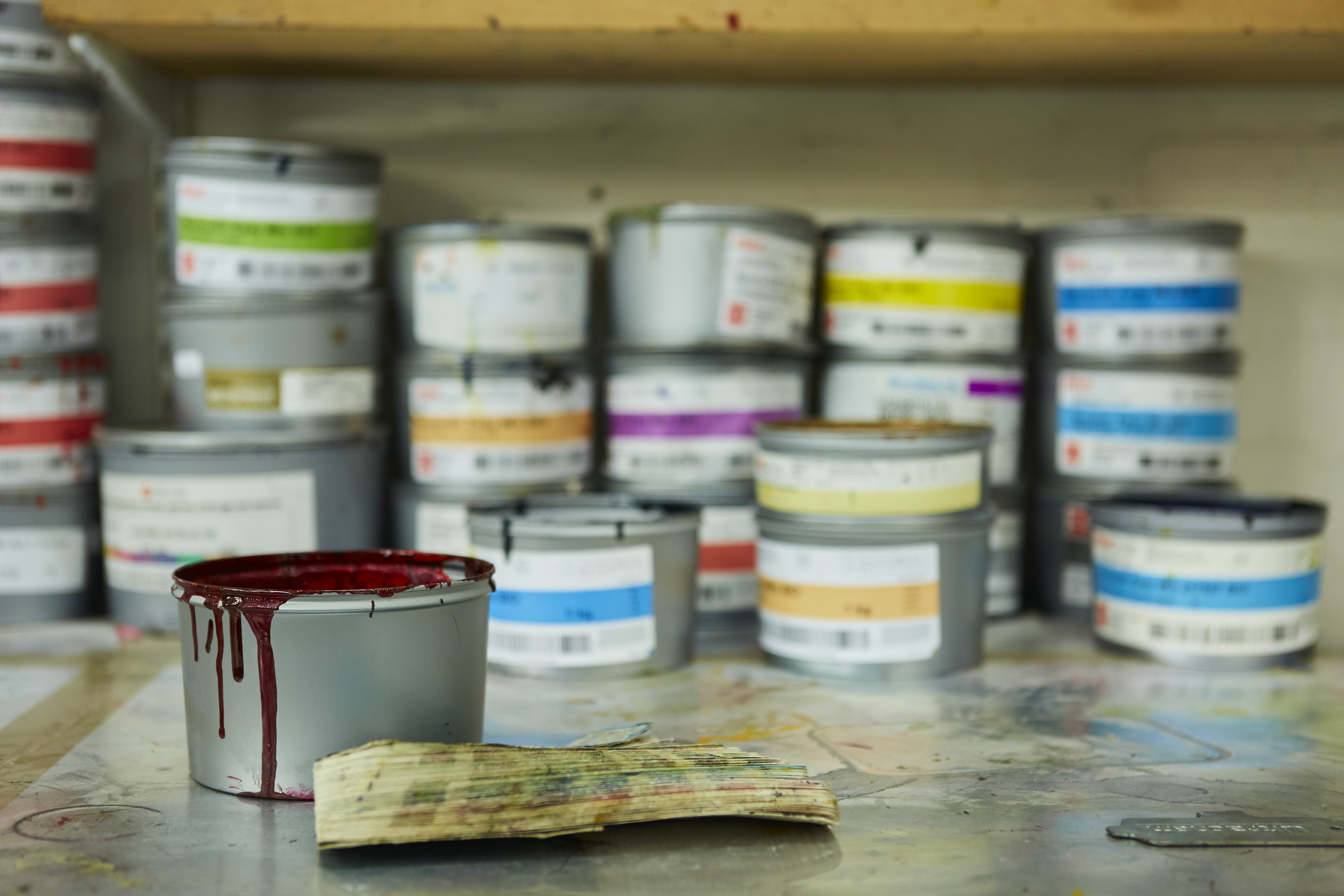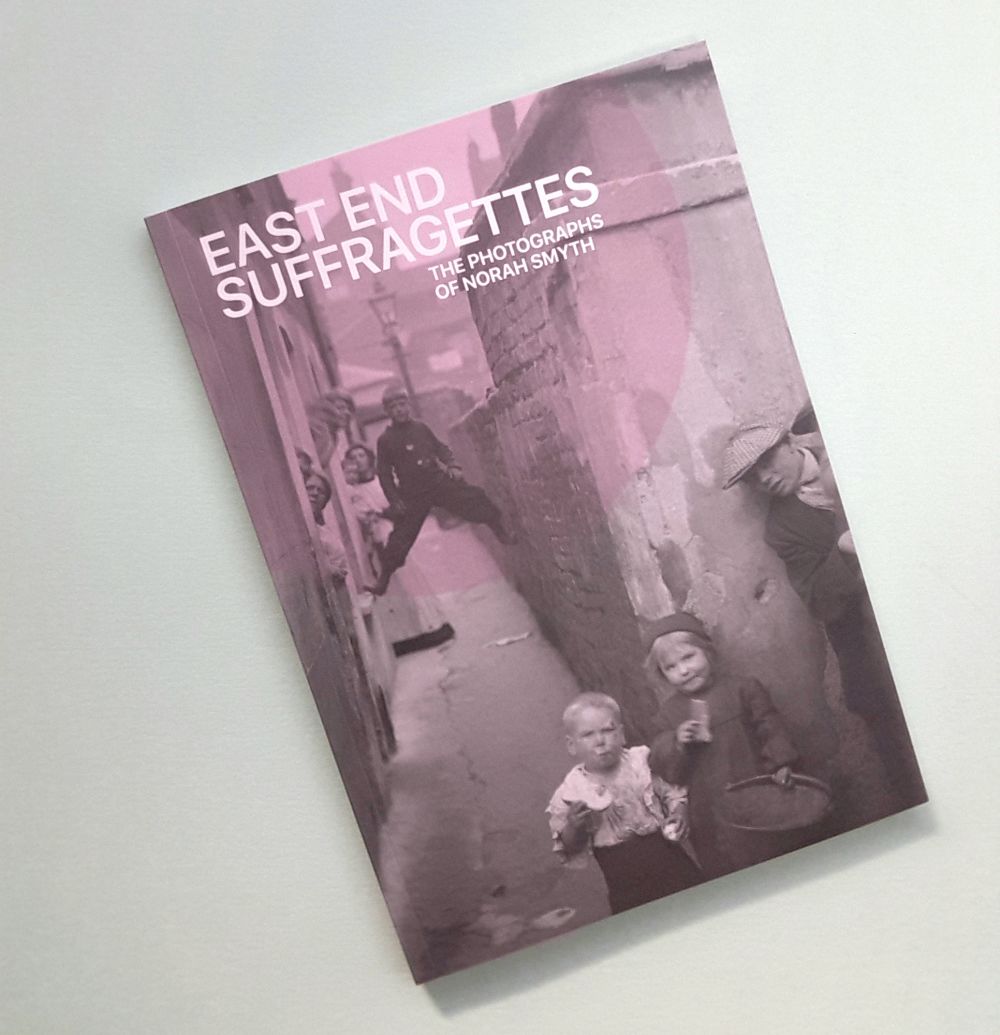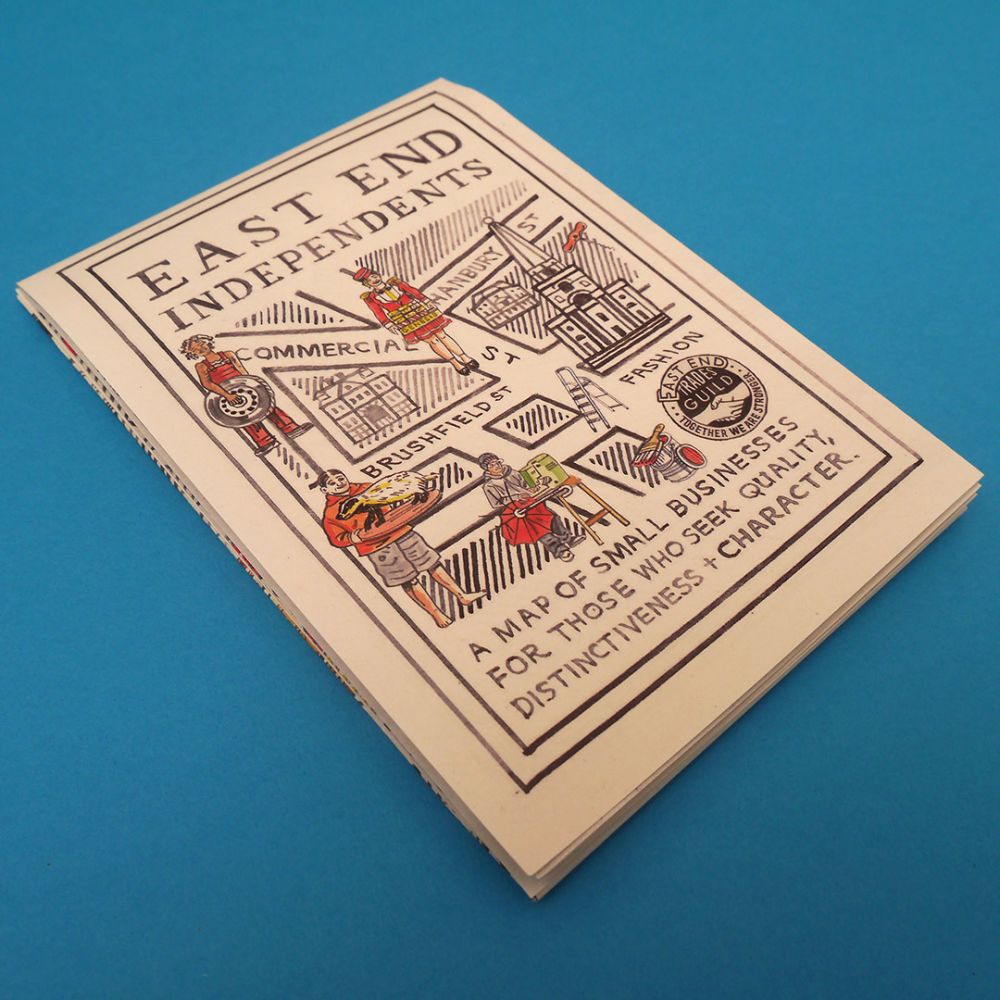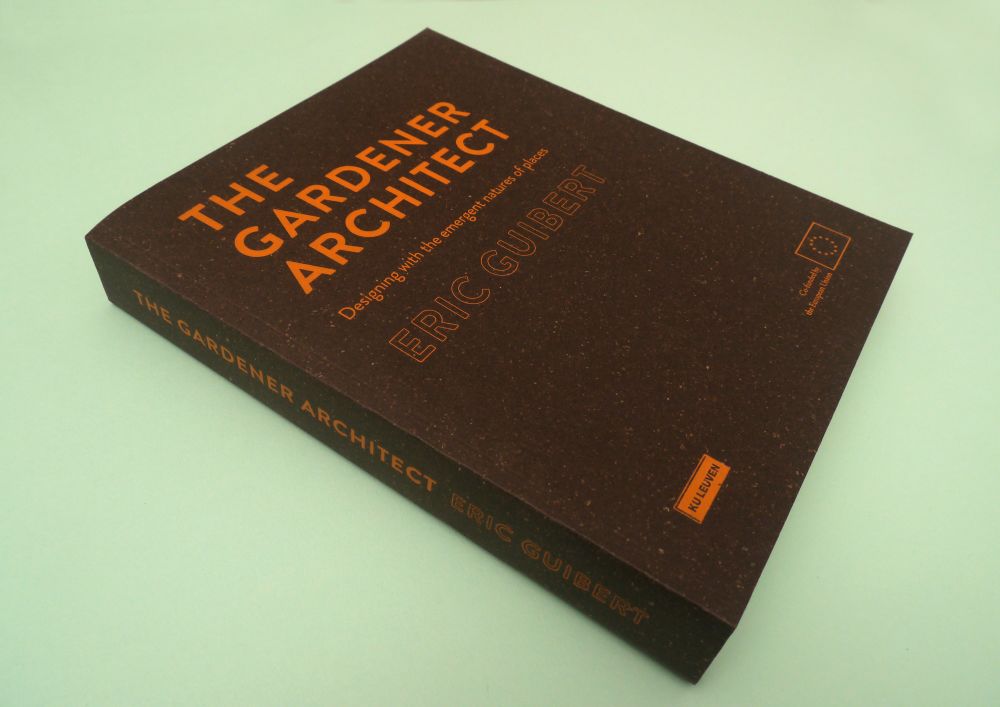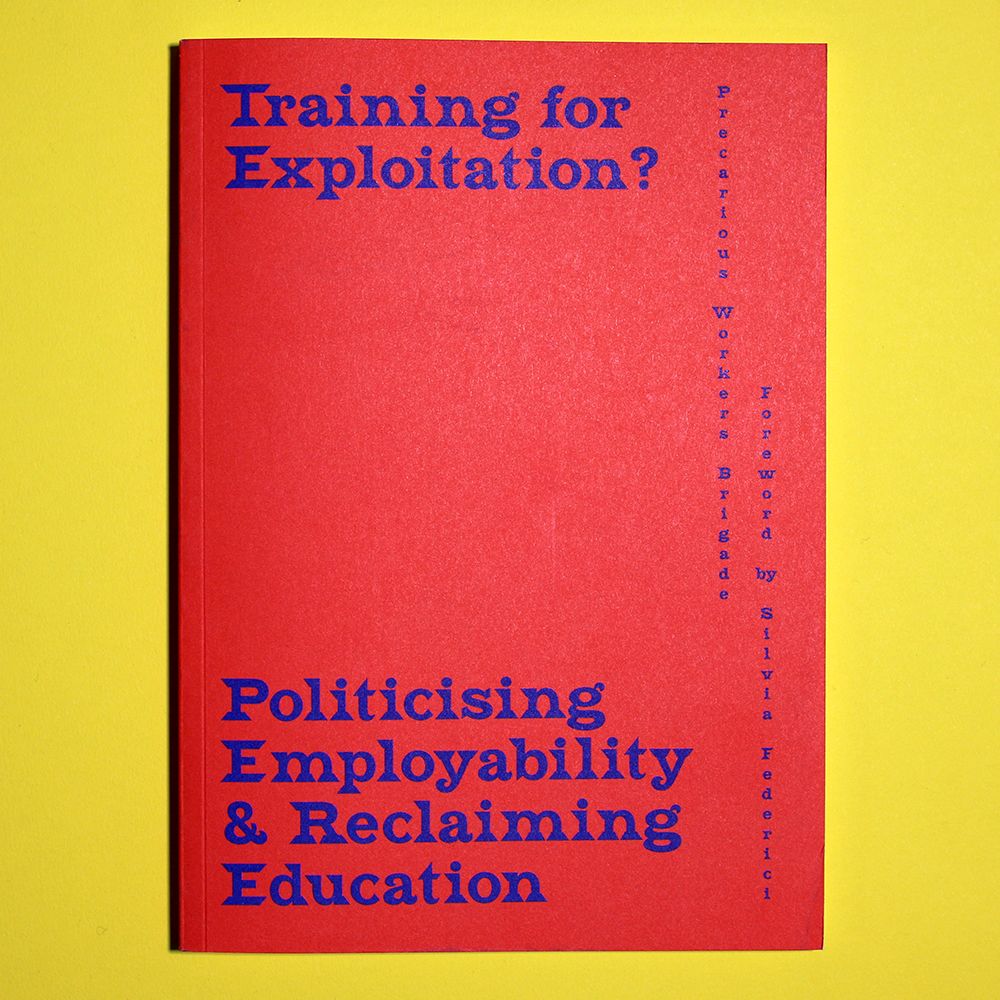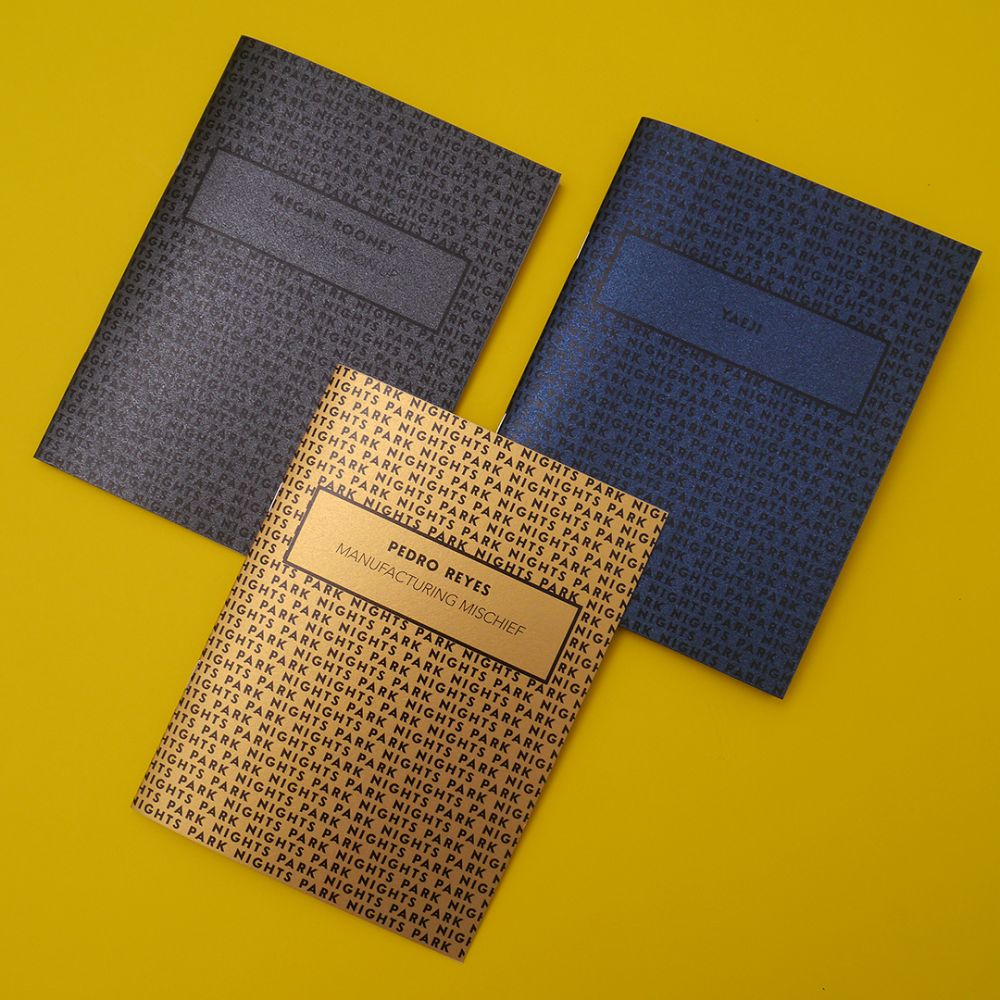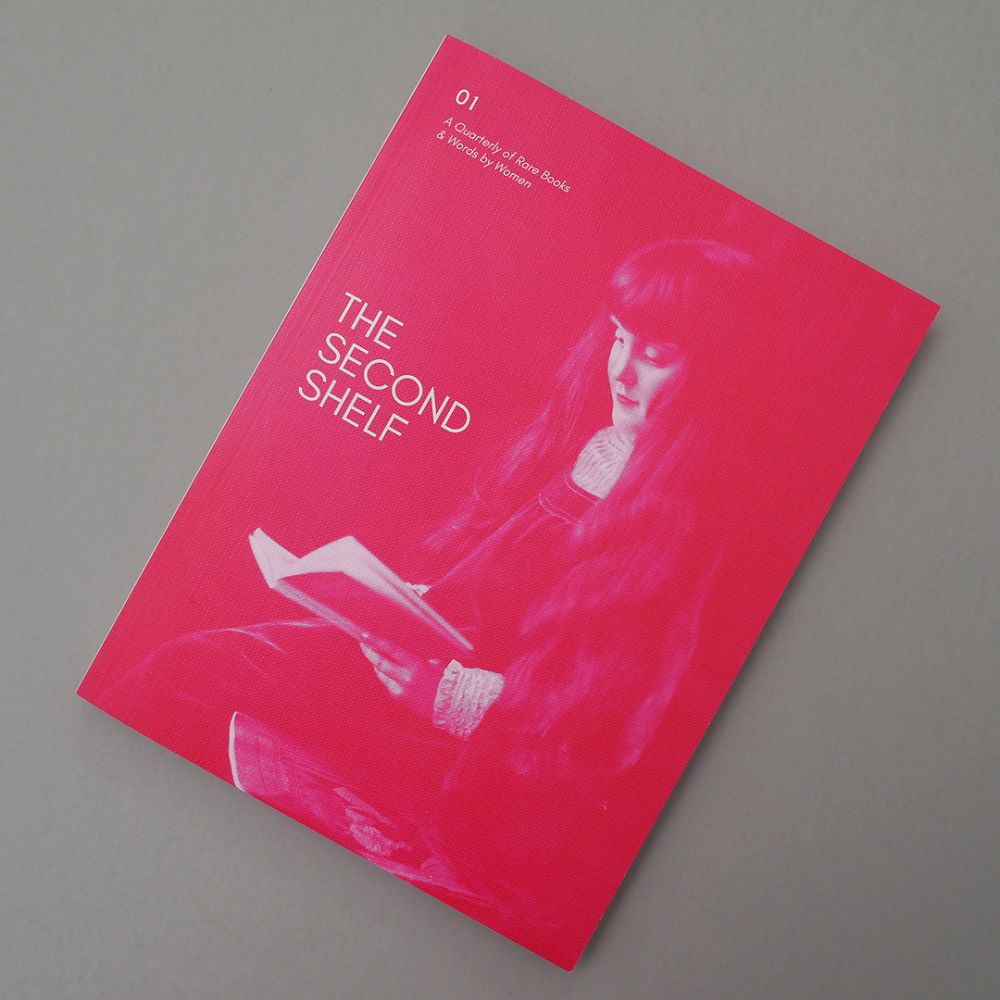Founded in 1977, Calverts is a design and print cooperative based in East London. The cooperative has always had connections to University of the Arts London (UAL), as one of the founders, Nicola Palmer, was a graduate of Central Saint Martins (CSM), then Central School of Art and Design, where she studied Textile Design.
Being a cooperative means that employees jointly own and control the company; everyone is on the same wage and everyone's opinion counts. Calverts founding principles were social responsibility and sustainability; they were one of the first printers to use vegetable-based inks before they were industry standard.
They have always had a strong connection to UAL, with a number of members being alumni; Lee Sargent, the Director and Environmental Manager graduated from London College of Communication (LCC, then the London College of Printing) in 1998, having studied the PGDip Printing and Publishing; and Siôn Whellens, Client Services Director, is also an LCC graduate gaining a Certificate in Printing Techniques in 1981.
We chatted to Nicola, Lee and Siôn about their time at UAL, and why working at a cooperative is important to them.
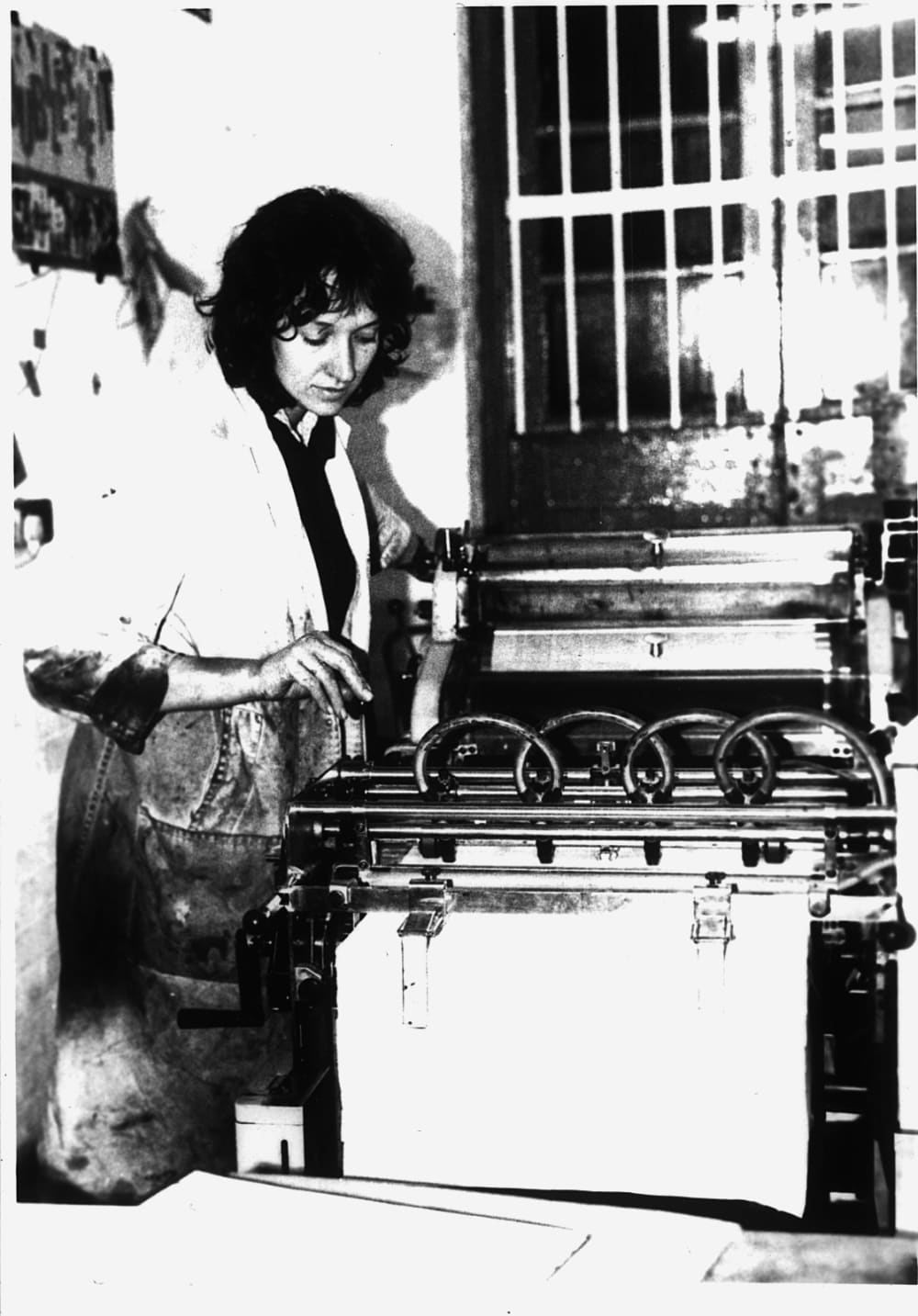
Nicola, what did you do after graduating from UAL?
After graduation I travelled for a year in USA and Canada where I did a variety of jobs, (more graphics than textiles) including working as a freelance designer for the CBC in Toronto and also working with the United Farm Workers Union designing and producing publicity material (posters and leaflets) relating to their lettuce boycott in California and then their grape boycott in Canada.
Later, based on this experience I decided to learn to print and went to do an informal apprenticeship at Leeds community press in the mid-seventies. I returned to London and a job at Irat Services the printing and publishing arm of the old Arts Lab.
And why did you decide to establish Calverts as a cooperative?
Calverts emerged as a new entity comprising all the print and design workers in 1977 and moved into new premises following a period of turmoil in Irat during which all our jobs were threatened.
Initially, we registered as a common ownership cooperative in order to collectively secure some of the machinery from the, soon to be defunct, business.
A cooperative was the most natural and logical model for us in which to run a business collectively in which responsibility and power are shared along with equal rates of pay.
I for one would never have put in the work I have to anything other than a coop where I knew that the fruits of our hard work would be shared with fellow workers rather than benefitting a boss or outside shareholders. Also not to be underestimated was the heady pleasure( despite the hard work involved ) of actually being able to collectively make decisions about the day to day running and the future of the company.
Working in this way has provided a creative environment in which we have been able to adapt to changing technologies, weather recessions and continue to provide specialist print and design services more than forty years on from our beginnings.
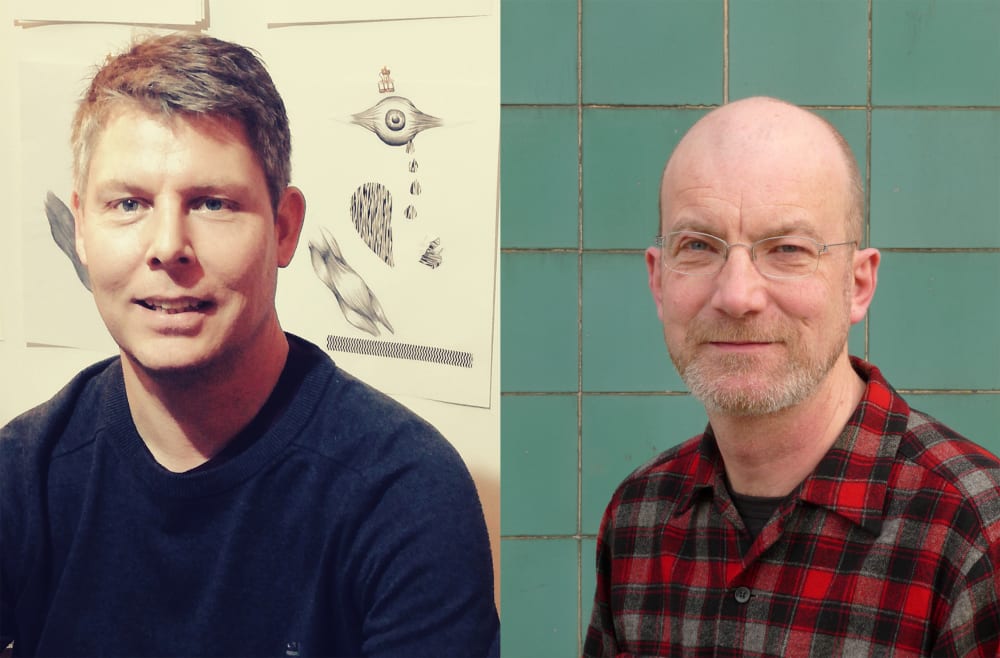
Did your time at UAL impact the way you work now? How?
Siôn Whellens (SW): The course gave me a good enough overview to be able to know I wanted to go into the printing trade. I wrote to about 150 London printing firms in the summer of ’81 asking for an adult apprenticeship and had some good offers, one of which I took up. It was the first step of my 37-year career in the trade and gave me insights that I still rely on.
Lee Sargent (LS): Very much so. The course gave an excellent and practical insight into how the publishing industry works. It was ‘production’ focused, so a lot of the skills learnt were very relevant to my first job as a production assistant at Hamlyn Books. A job that was advertised on the LCP noticeboard! After 8 years of working in various publisher’s production departments, I switched to my current role at Calverts. I worked mainly as an estimator. It was my first time working for a printer so was very different being a ‘supplier’ rather than a ‘buyer’. Everything I learnt at LCP was useful. The fundamentals of good publication design, costing a job, paper types, proofing, print and binding processes have not changed much over the years, even if the technology does.
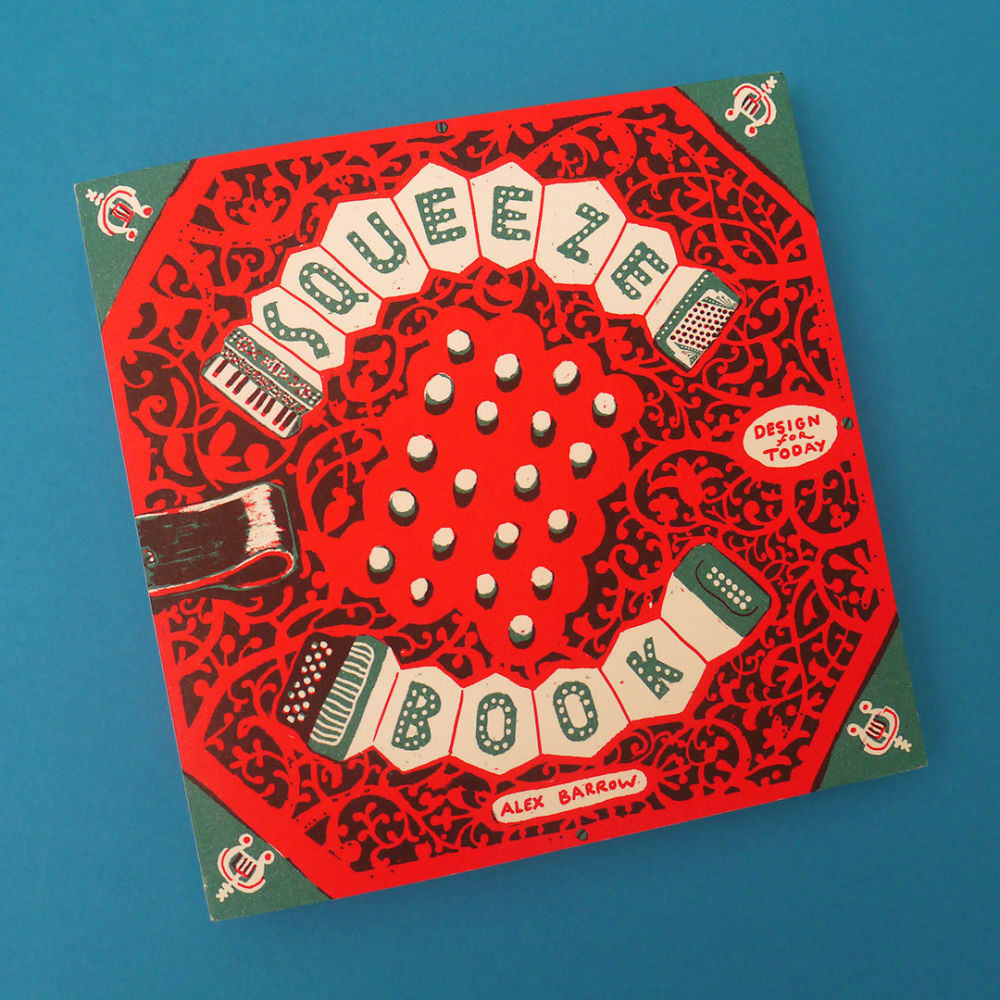
How does a cooperative work?
SW: In essence, it’s an organised collective of workers enabling democratic self-management of our work, decent jobs and self-development. We have no external owners, so all trading surpluses are re-invested to develop the coop, improve wages and conditions, or carry out community benefit projects. Also because we don’t have a discipline problem, we don’t need line managers, who are generally expensive and bad at making decisions.
LS: Calverts is a worker-owned co-operative. All workers are invited to become members after an initial probationary period. It's not compulsory to join but I have not known anyone not to. Everyone earns the same, company finances are open, and as well as job-specific roles we all must ensure the smooth running of the operation. This means learning new skills and getting involved in other areas of the business. For example, one of our senior designers is also our Health and Safety Manager.
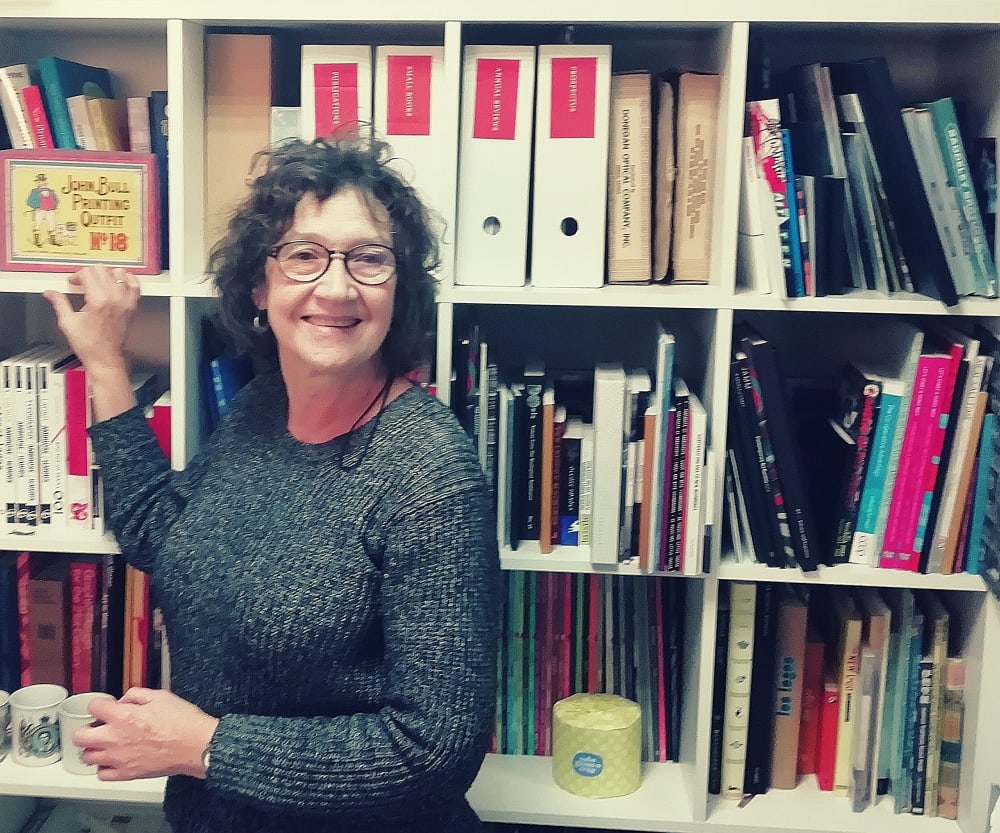
What are the challenges/ benefits?
SW: Challenges are mainly around succession – hard to find room for new blood when people don’t tend to leave! – And responding to the decline in our traditional market (high-end print). Benefits are above-average wages and conditions, a culture of respect and mutual support, the possibility to use the productive capacity of Calverts for personal projects, and the opportunity to develop new skills.
LS: It takes time to adapt to having no formal managerial structure, especially if coming from a non-co-operative background. Calverts self manages – mainly through circular workgroups and weekly/monthly management meetings. Not everyone may want to participate in this process, and so the challenge is making sure everyone’s voice is heard and that ‘management’ and other essential tasks are carried out by everyone and not just the same few. The benefits are that you feel empowered about having a say in how the place is run, and that over time you can develop new skills, as and when personnel or the business changes. For example, I have spent the last 6 years working as Environmental Manager and have recently been involved in doing a comprehensive marketing strategy review within a small working circle.
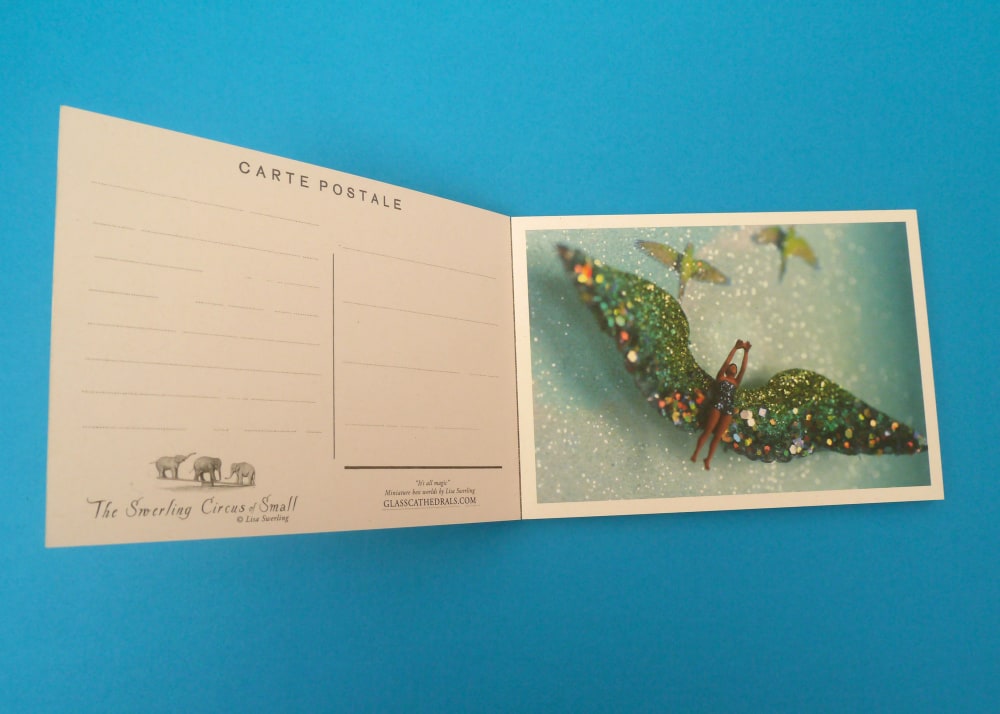
Have the relationships you formed at UAL helped you since leaving?
SW: I didn’t stay in touch with any of my cohort or teachers, but over the years the link with UAL has been important – Calverts has clients at UAL, members of Calverts have taught at UAL, and I have guest lectured at LCC, CSM and Camberwell College of Arts. Also during Creative Enterprise Week, where Calverts has been an occasional sponsor.
LS: I initially stayed in touch with a few course friends, particularly in my earlier publishing days as we would all try and help each other with our careers, but time moves on and most of these relationships have dwindled. However, not long after joining Calverts I found we had one major client who by pure coincidence, happened to have completed the same course as me and it was nice to reconnect!
